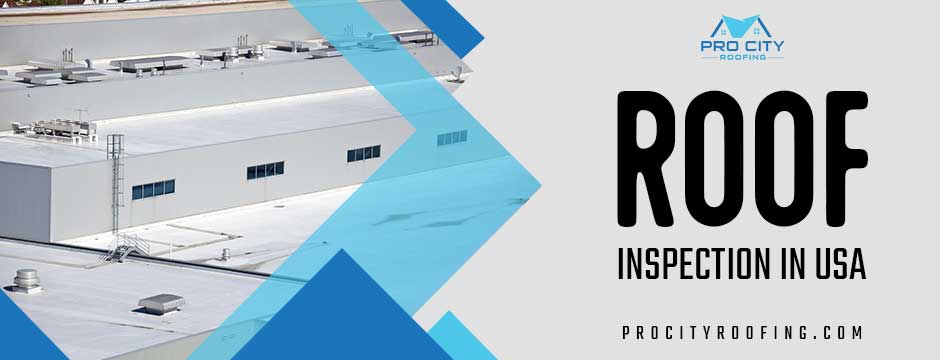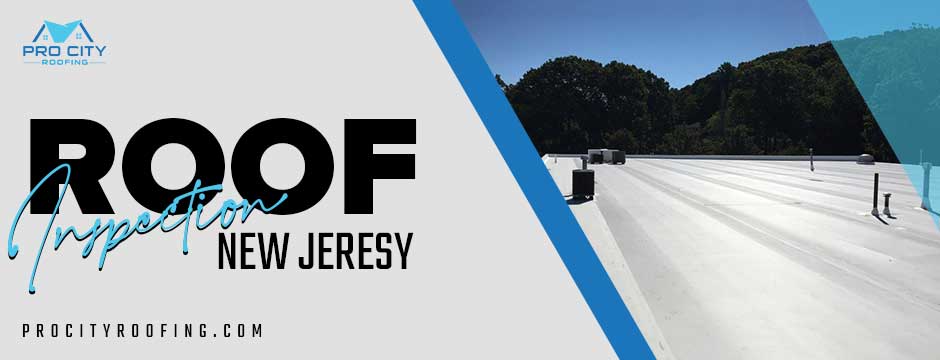Your roof is one of the most important components of your home, protecting you and your family from the elements. As such, it’s essential to keep it in good condition to ensure it continues to do its job effectively. One of the most important aspects of roof maintenance is regular inspections. But how often should you schedule a roof inspection? And what else can you do to maintain your roof’s health?
In this article, we’ll answer these questions and more, providing you with practical tips for maintaining your roof’s health and prolonging its lifespan.
How Often Should You Schedule A Roof Inspection?
The frequency of roof inspections depends on several factors, including the age of your roof, the climate in your area, and the surrounding environment. As a general rule of thumb, it’s recommended that you schedule a roof inspection every 2-3 years. However, if your roof is more than 10 years old or you live in an area prone to severe weather conditions (such as hail or hurricanes), you may want to schedule inspections more frequently.
Additionally, if you notice any signs of damage or wear and tear (such as missing shingles or leaks), you should schedule a roof inspection as soon as possible, regardless of when your last inspection was.

Signs That It’s Time For A Roof Inspection
Regular roof inspections are important for maintaining the health and longevity of your roof. However, there are also signs that indicate it’s time for an inspection between your regularly scheduled ones. Here are some of the most common signs that you should call in a professional for a roof inspection:
- Visible damage: If you notice any visible damage to your roof, such as missing or damaged shingles, it’s time for an inspection. Damage to your roof can lead to leaks and other issues, which can cause damage to the interior of your home. An inspection can identify any damage and help you determine the best course of action to repair it.
- Changes in energy bills or indoor temperature: If you’ve noticed that your energy bills have been higher than usual or your home is more difficult to heat or cool, it could be a sign of roof damage. A damaged roof can allow air to escape, causing your HVAC system to work harder than necessary. Getting in touch with a roof inspection in USA agency can identify any issues with your roof that are affecting your home’s energy efficiency.
- Presence of pests or mold: If you’ve noticed pests or mold in your attic or other areas of your home, it could be a sign of a leaky roof. A leaky roof can allow moisture into your home, creating an environment that is hospitable to pests and mold. An inspection can identify any leaks and help you determine the best way to address them to prevent further damage.

Tips For Maintaining Your Roof’s Health
In addition to scheduling regular roof inspection in New Jersey and being aware of signs that it’s time for an inspection, there are other steps you can take to maintain the health of your roof. Here are some tips to help keep your roof in good condition:
- Regular cleaning and maintenance tasks: Cleaning your gutters, removing debris from your roof, and trimming nearby trees can all help prevent damage and prolong the life of your roof. Clogged gutters can cause water to back up and damage your roof, so it’s important to keep them clean and free of debris. Removing debris from your roof can also prevent it from becoming a breeding ground for pests and mold.
- Upgrading or repairing components as needed: If you notice any damaged or worn components on your roof, such as flashing or gutters, it’s important to repair or replace them as soon as possible. Damaged or worn components can compromise the integrity of your roof and lead to further damage. Regular inspections can help identify any components that need attention.
- Hiring a professional for more extensive repairs or upgrades: If your roof requires more extensive repairs or upgrades, such as a full replacement, it’s best to hire a professional to ensure the job is done correctly and safely. A professional can also help you select the best materials and design for your roof based on your climate, budget, and other factors.
Conclusion
Scheduling regular roof inspections is essential for maintaining your roof’s health and prolonging its lifespan. By following a regular inspection schedule and keeping an eye out for signs of damage or wear and tear, you can catch any issues early and address them before they become more serious. Additionally, by taking proactive steps to maintain your roof (such as regular cleaning and maintenance tasks and upgrading components as needed), you can ensure that it continues to protect your home for years to come. Want to find out more? Visit us at ProCity Roofing!